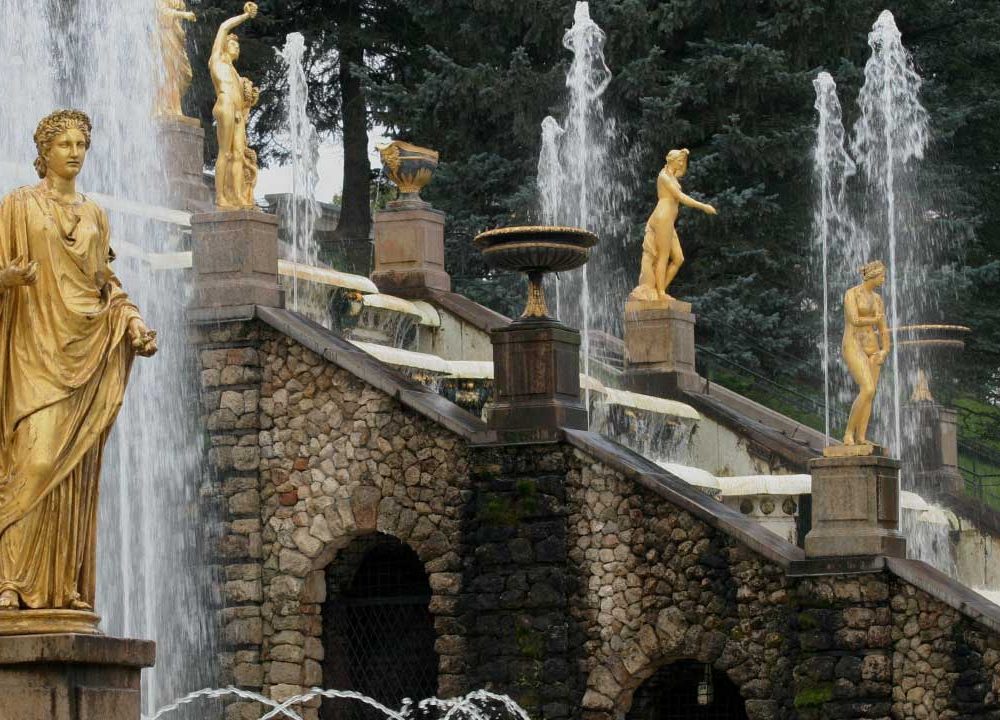ST. PETERSBURG
Gulf of Finland. The Baltic Sea between Finland, Russia, and Estonia.
http://en.wikipedia.org/wiki/Gulf_of_Finland
Neva. The river in northwestern Russia that flows through St. Petersburg.
http://en.wikipedia.org/wiki/Neva
Where we stayed:
Rocco Forte Hotel Astoria. Historic, luxury hotel in St. Petersburg and member of The Leading Hotels of the World.
http://www.lhw.com
http://www.saint-petersburg.com/hotels/astoria-hotel
Angleterre. Another five-star hotel next door to The Astoria Hotel.
http://www.angleterrehotel.com
Music groups featured:
Iva Nova. A St. Petersburg all-girl, rock band.
http://www.morezvukov.nl/IvaNova/index.html
Museums, palaces, theatres & shopping:
Winter Palace. St. Petersburg palace built under Catherine the Great as the winter residence of the tsars; it’s now a main part of the Hermitage Museum.
http://www.saint-petersburg.com/virtual-tour/hermitage.asp
Jordan Staircase. The main staircase and ceremonial entrance of the Winter Palace.
http://www.hermitagemuseum.org/html_En/08/hm88_0_1_21.html
Hermitage Museum. The State Hermitage Museum, housed mainly in six palatial buildings on the Neva River, that holds more than 3,000,000 works of art.
http://www.hermitagemuseum.org/html_En/index.html
Russian Museum. Established by Tsar Nicholas II in 1895 as the first state museum of Russian art.
http://www.rusmuseum.ru/eng/home/
Church of Our Savior on Spilled Blood. Also called the Resurrection of Christ Church, this is now a museum. It was originally a church built on the spot where Tsar Alexander II was assassinated in March 1881. This interior and the exterior of this church are decorated with many highly detailed mosaics.
http://www.saint-petersburg.com/virtual-tour/church-of-savior.asp
Nevsky Prospekt. St. Petersburg’s most famous street that was planned by Peter the Great.
http://www.nevsky-prospekt.com/home.html
Kuznechny. A large, popular, upscale food market in St. Petersburg.
http://www.st-petersburg-life.com/shop/shops_details/20-Kuznechny_Market
Dvortsovaya Ploshchad. The Palace Square of St. Petersburg.
http://www.fodors.com/world/europe/russia/st-petersburg/review-93393.html
Monument to the Heroic Defenders of Leningrad. The monument built as the focal point of Ploshchad Pobedy (Victory Square) in the early 1970s. It commemorates the heroic (and successful) efforts of Leningrad residents and the soldiers on the Leningrad Front to the repel the Nazis in the 900-day Siege of Leningrad during World War II.
http://www.saint-petersburg.com/monuments/heroic-defenders.asp
The Bronze Horseman. The equestrian statue of Peter the Great in St. Petersburg and also the title of a narrative poem by the Russian poet Pushkin about the statue.
http://en.wikipedia.org/wiki/Bronze_Horseman”http://en.wikipedia.org/wiki/Bronze_Horseman
The Pushkin Museum. Alexander Pushkin’s memorial apartment where he lived between 1836 and 1837. He died there of a gunshot wound after a duel.
http://www.saint-petersburg.com/museums/pushkin-museum-memorial-apartment.asp
St Isaac’s Cathedral. One of the largest cathedrals in Russia and a major museum.
http://www.saint-petersburg.com/cathedrals/st-isaacs-cathedral.asp
Peterhof. Imperial estate of palaces and gardens built by Peter the Great on the shore of the Gulf of Finland.
http://www.saint-petersburg.com/peterhof/
Mariinsky Theater. Historic St. Petersburg theater.
http://www.mariinsky.ru/en”www.mariinsky.ru/en
Alexandrinsky Theater. Built in 1756, this is Russia’s oldest national theater.
http://en.alexandrinsky.ru/







